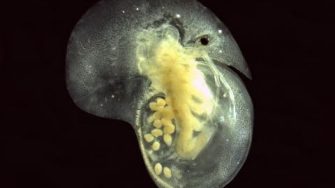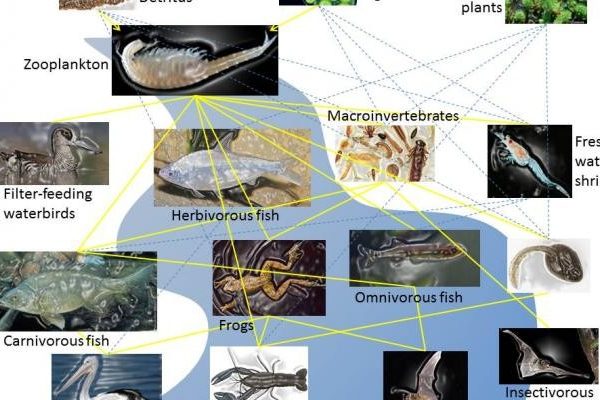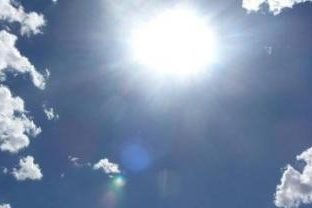
In the Australian outback, temporary lakes are places that only fill with water occasionally and then may only stay wet for a short time. Tiny drifting animals known as zooplankton live in these temporary lakes and have developed strategies to survive through dry periods.
Like plants that produce seeds, zooplankton produce drought-resistant eggs which rest in dry lakebeds waiting for rain to arrive. When rain comes, the eggs hatch and the lakes explode with life. Zooplankton provide a fast-food option for animals such as fish and waterbirds who visit temporary lakes. As lakes dry out, zooplankton produce and deposit more eggs and the cycle continues. There is limited research about current zooplankton productivity in temporary lakes, and the effect of climate change on their survival is unknown.
Climate change may cause an increase in frequency and magnitude of extreme weather events such as: high and low temperatures, wind storms and prolonged wet season. These events could push zooplankton beyond their limits of survival by interrupting the natural egg production cycle or by damaging or removing resting eggs. Not only will this affect zooplankton populations, but will impact on other animals, such as birds and fish, which rely on zooplankton as food.
The study site is a complex of temporary lakes in the Paroo catchment, 130km north-west of Bourke. The study has four components. I aim to:
- Establish the current ecology and conditions of the temporary lakes in the Paroo catchment by using existing data, doing field surveys of plants and animals, and by hatching zooplankton from lakebed soils in lab microcosms. Microcosms take a small part of a natural environment into the lab so that it may be studied closely.
- Determine the impacts of extreme weather events on zooplankton survival by exposing dry lakebed soils to simulations of extreme heat and cold, extended wet periods and severe wind storms. Then hatching zooplankton in microcosms as per part one.
- Map the food chain links in the lakes using stable isotope analysis. Each plant and animal in the wetland has an isotopic “signature”, which indicates where it sits in the food chain. This method creates a picture of who is eating what and who is eating who.
- Apply my findings to climate change projections and make some predictions about how extreme weather events will impact on zooplankton and other animals in temporary lakes.
This research will give us a greater understanding of the current ecology of temporary lakes in Australia. It will contribute to the growing body of research into the effects of climate change on the survival of ecosystems. The results of this study will assist policy making decisions to aid ecosystem conservation and management.



